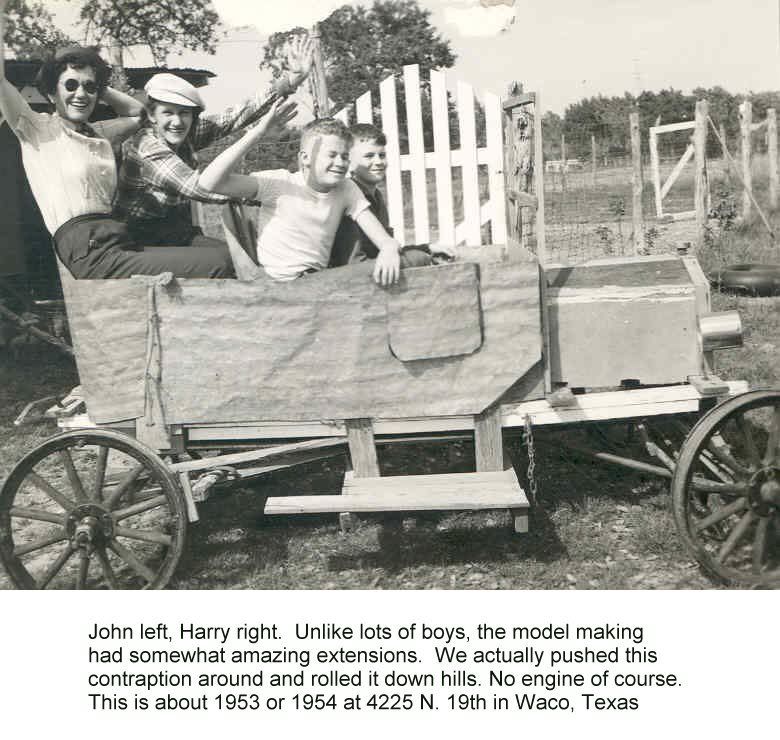Big B
Diamond
- Joined
- Jun 26, 2009
- Location
- Michigan, USA
Has anyone ever seen wooden bearings for a rotating shaft. I will let you all know in a while what I am referring to.
Ready, set, go.
Ready, set, go.
Follow along with the video below to see how to install our site as a web app on your home screen.
Note: This feature may not be available in some browsers.
Lignum vitae is the traditional wood used for ship drive shaft bearings. It is tough and self lubricating.Jim
Just a point of clarification, Osage Orange =/= IronwoodBig B: Like gbent pointed out, oil soaked maple was used in agriculture stuff. I once rebuilt a Ferguson Tractor disc that used the maple bearings. This was a slow turning shaft running in dirt. They would last for years with just an occasional shot of grease. A lot of mining equipment, such as shaker boxes that were flooded with water and coal and rock had bearings that sometimes were Osage Orange wood, otherwise known as Ironwood.
JH


Notice
This website or its third-party tools process personal data (e.g. browsing data or IP addresses) and use cookies or other identifiers, which are necessary for its functioning and required to achieve the purposes illustrated in the cookie policy. To learn more, please refer to the cookie policy. In case of sale of your personal information, you may opt out by sending us an email via our Contact Us page. To find out more about the categories of personal information collected and the purposes for which such information will be used, please refer to our privacy policy. You accept the use of cookies or other identifiers by closing or dismissing this notice, by scrolling this page, by clicking a link or button or by continuing to browse otherwise.
